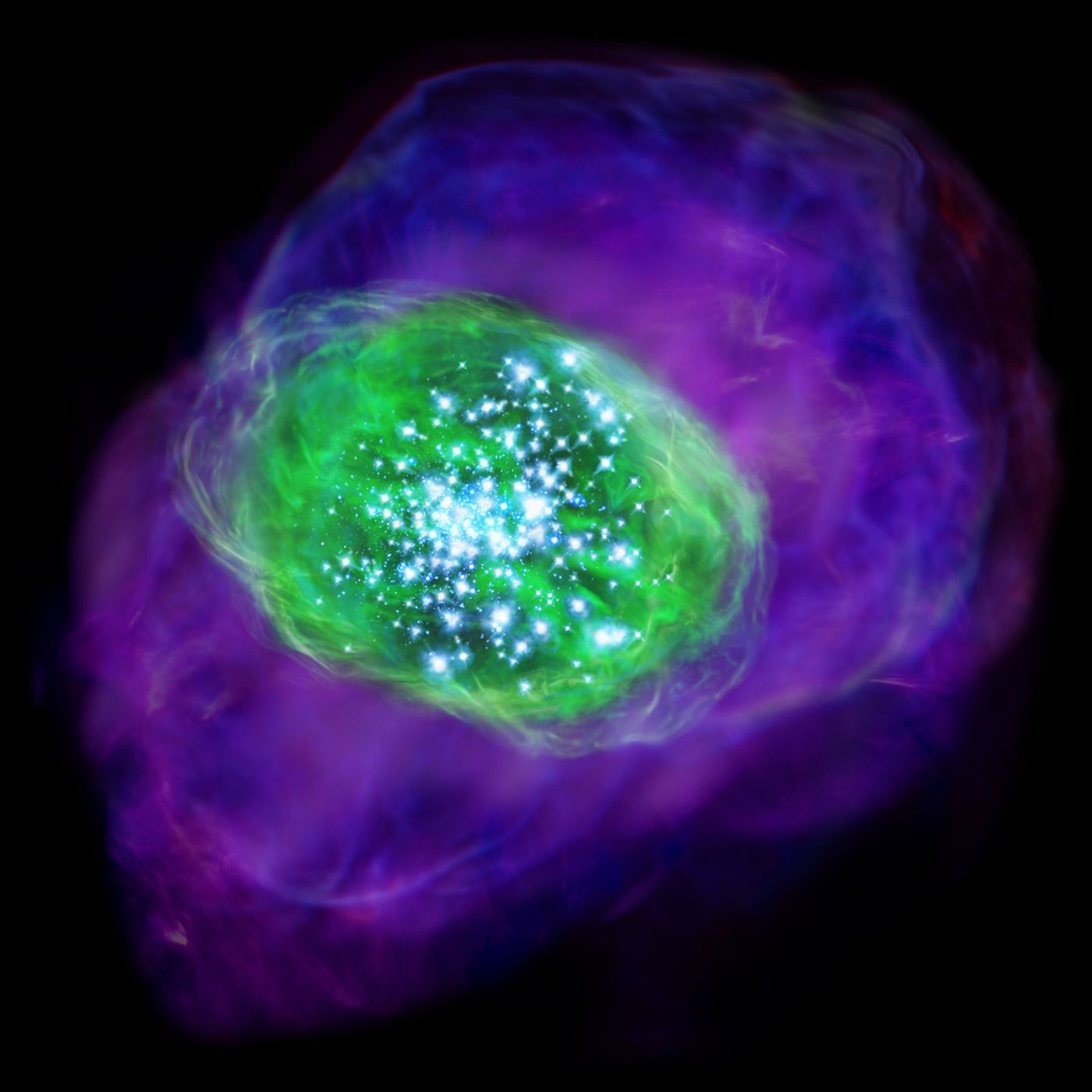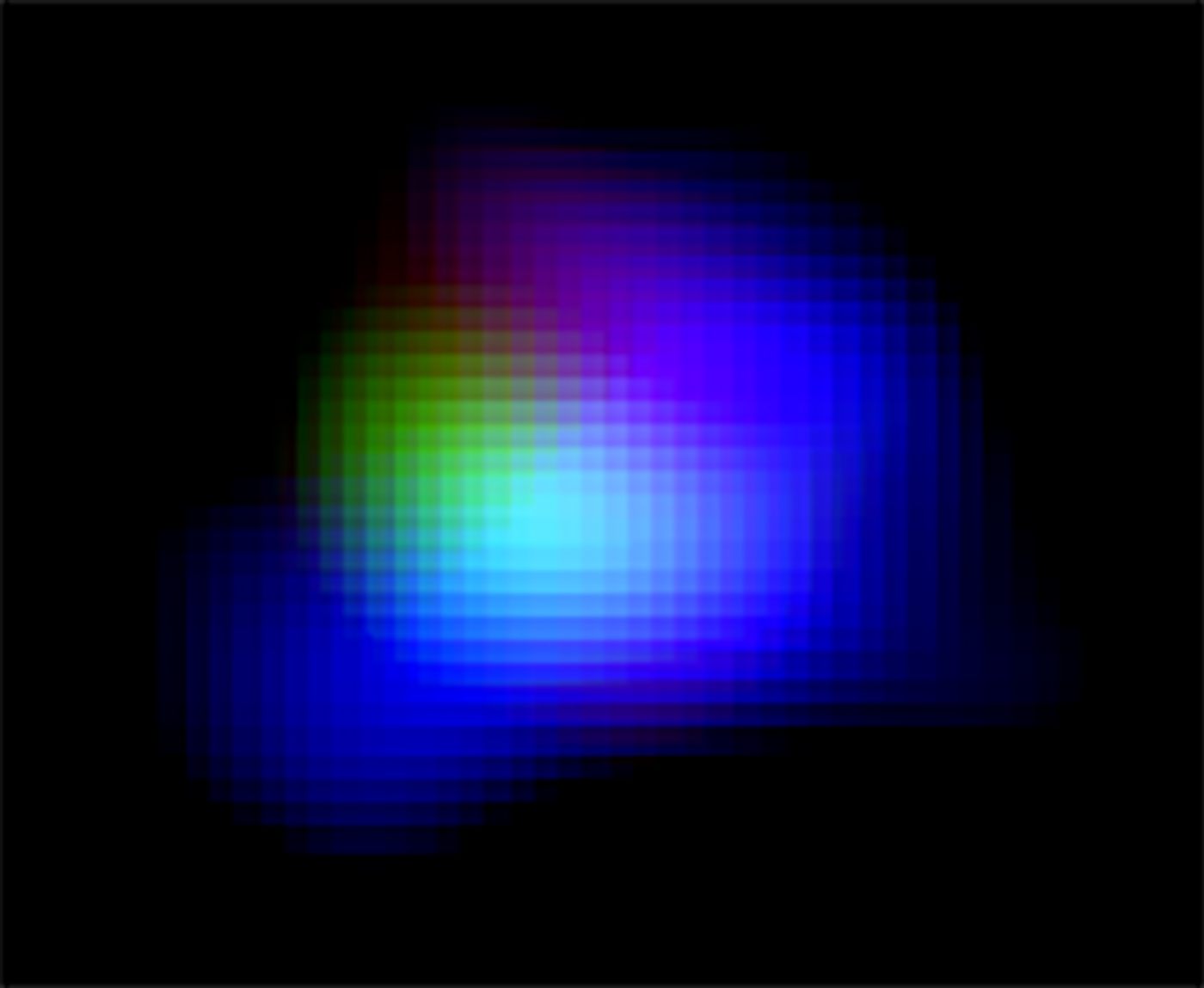Astronomers Find the Most Distant Oxygen in the Universe to Date
As space observation technology continues to become more powerful, we are able to peer deeper into the black abyss that is outer space.
Our universe is constantly expanding, and as a result, the things in the outermost reaches of our universe continue to drift further and further away. There comes a point where our modern technology can’t see as far as the universe has expanded, hence the reason we’re always trying to make bigger and better space telescopes.
Nevertheless, some astronomers say that they’ve detected what appears to be the most distant source of oxygen ever discovered in our universe with the Atacama Large Millimeter/submillimeter Array (ALMA). The findings are published in the journal Science.

Image Credit: NAOJ
The oxygen was found in a galaxy named SXDF-NB1006-2 some 13.1 billion light years away from Earth and has reportedly become ionized by the stars around it.

Image Credit: ALMA (ESO/NAOJ/NRAO), NAOJ
Seeking heavy elements in the early Universe is an essential approach to explore the star formation activity in that period," said Akio Inoue at Osaka Sangyo University, Japan, and lead author of this study. "Studying heavy elements also gives us a hint to understand how the galaxies were formed and what caused the cosmic reionization.”
The idea here is that just after the Big Bang, the universe was filled with electrically neutral gas, and radiation had ionized the gas to produce something known as cosmic reionization.
Because there is so much debate on how cosmic ionization came to be after the Big Bang, Inoue believes that studying this distant ionized oxygen may provide scientists with clues as to how it is formed and why.
The oxygen discovered by ALMA is believed to be no more than 700 million years older than the Big Bang, so it could provide a lot of potential for learning more about our early universe.
"This is the first step to understanding what kind of objects caused cosmic reionization," said Yoichi Tamura of the University of Tokyo. "Our next observations with ALMA have already started. Higher resolution observations will allow us to see the distribution and motion of ionized oxygen in the galaxy and provide precious information to understand the properties of the galaxy."
Source: ALMA








